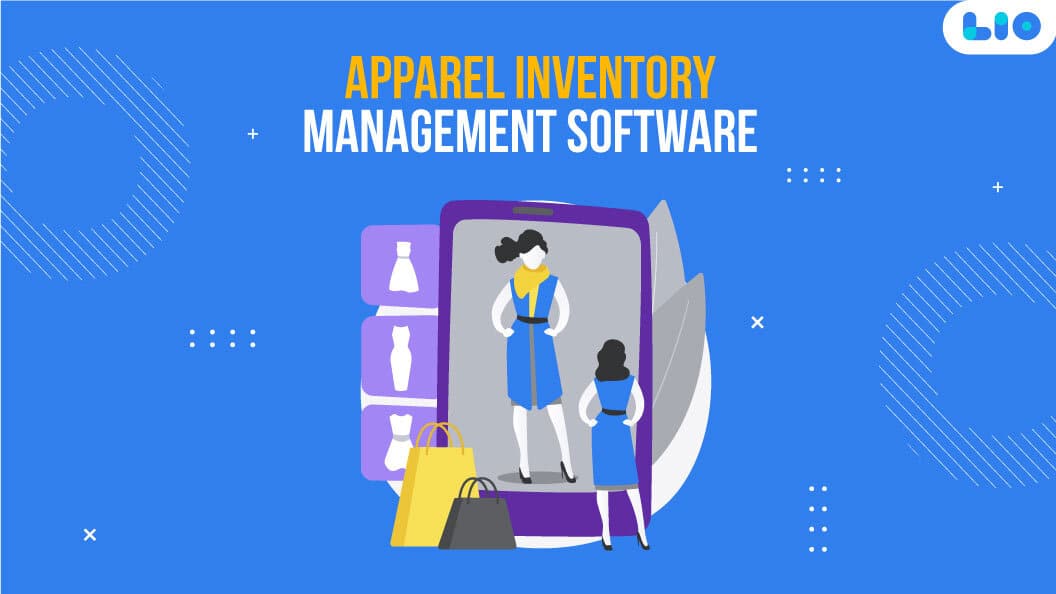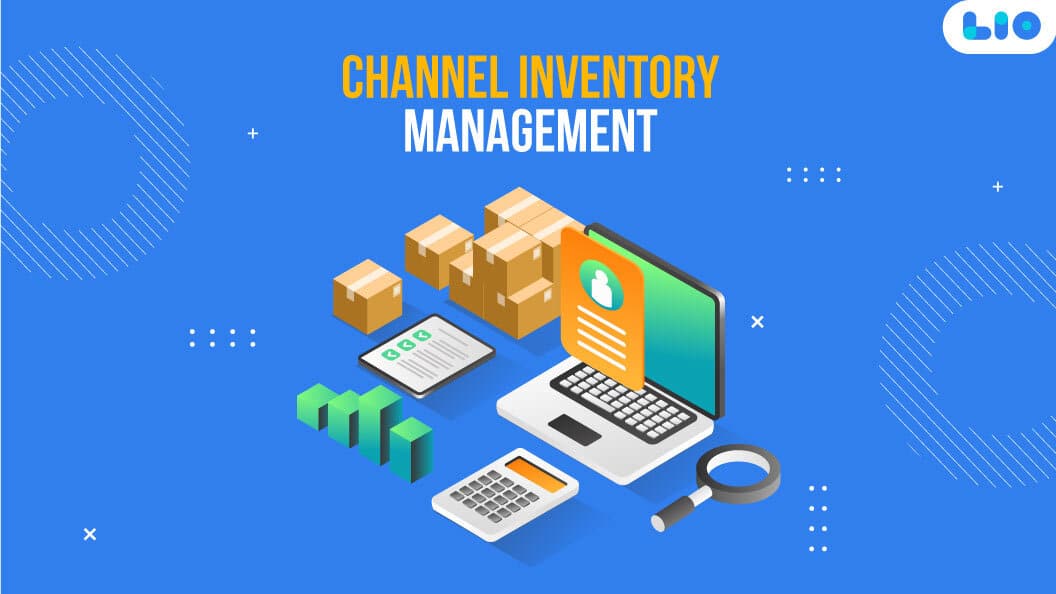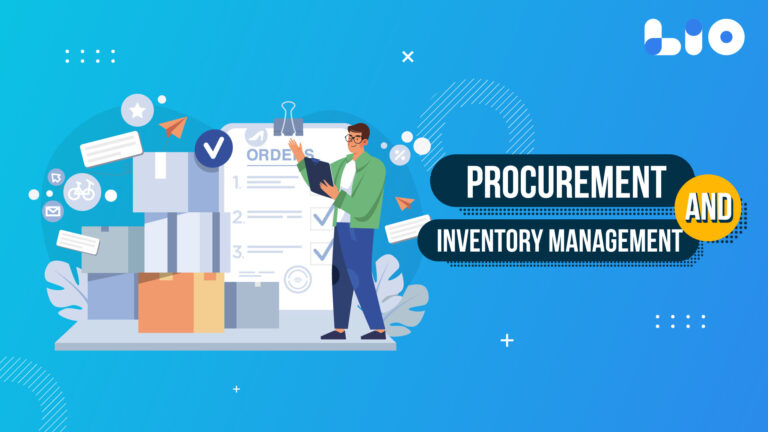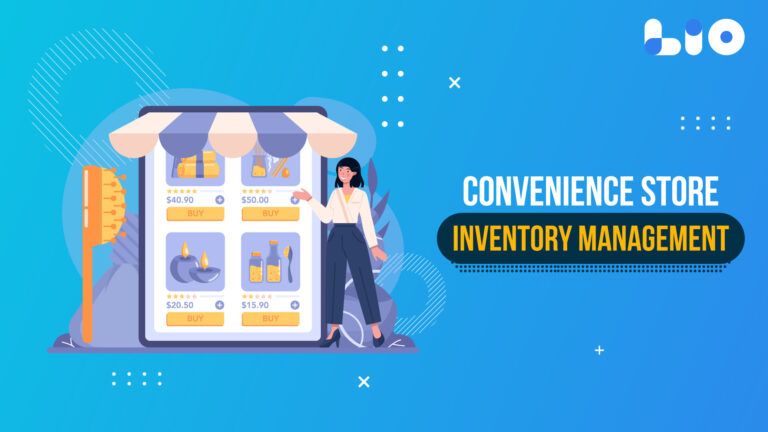How to Start a Textile Business in India?

India is one of the largest exporters of apparel and textiles in the world. Before thinking about how to start a textile business, you should know the actual reasons behind it. This makes it a very lucrative market to enter, and many people have already invested in it. Textiles and apparel are also considered one of the fastest moving industries, and the demand for the same is always high.
Here are some facts from IBEF showing the superiority of the Indian textile industry in the global arena –
- India is the largest exporter of jute and cotton and the second-largest exporter of handwoven fabrics and silk. The silk textile industry in India and the cotton textile industry in India are some of the largest in the world.
- The textile industry contributes 2% to the country’s GDP, and it accounts for around 12% of the export earnings.
- In 2018-19, India held 5% of the textile market.
The Indian government has bought in a lot of policies favoring the industry. It has encouraged investors by bringing up schemes like the Technology Upgradation Fund Scheme (TUFS). The government has also allotted $2.38 billion between 2016 – 2022 for the Amended Technology Up-gradation Fund Scheme (A-TUFS).
Textile being the basic necessity of life is a great field to start a business. From home décor to clothing, textiles play an important role in everyday life. It adds beauty and confidence to the people wearing it.
The global textile market is also going strong, and knowing that India exports one-third of the total production, you can rest assured that your business will be successful in the global market. The Indian textile industry is also the best place for both manufacturers and retailers to start investing.
Key facts related to the Indian Textile Industry
- The textile sector in India cover’s everything from garments to fibre and is the second-largest employment generating industry.
- India’s textile industry provides employment to millions of people in India. Other than this they also provide and promote traditional skills, heritage and a carrier of heritage.
- The textile business in India is one of the oldest industries in the Indian economy.
- With approximately 11 per cent of total exports, the textile sector is one of the largest contributors to India’s export.
- There are two broad segments in the Indian textile industry- The organised and unorganised sectors. The organised sector has apparel, spinning, and garments segment which uses modern techniques and machinery like economies of scale.
- The unorganised sector consists of handicrafts, handloom, and sericulture, which are done on a small scale and through traditional methods and tools.
How to Start a Textile Business in India?
In this article, let’s see how to start a textile business in India.
Step 1: Industry Research
This is an essential step to perform while starting any business. Before you can step into the industry, you should have thorough knowledge about it. For example, if you are entering the silk industry, you need to know everything from how it is procured to how it is processed.
You can also refer to various sources and talk to industry leaders to know the present situation and the market for your textile business.
Since there is a constant demand for textiles, there is also strong competition. So you need to research your competitors and understand what they are doing right and wrong before you step in.

Once you understand all these factors, compare and find which textile type has the highest demand in your area and which area produces the raw materials.
You also need to be regularly updated about the market developments and have a clear idea of when the tide in the market will change. In other words, you need to know what problems you could face in the immediate and far future.
If you are planning to do business online, then you would face competition from some big industry leaders and marketplaces like Amazon who already have a strong brand name and a large marketing budget.
Step 2: Focus on your Niche
When it comes to selling products, there is a prevalent myth that says “Having more products would bring in more buyers, and thus more money.” This is not the case for most businesses, especially the textile business.
For instance, a stationary business can be an apt business for having a large variety of products. But, when it comes to textiles, it is always good to specialize in one type of fabric. For instance, you can start a woolen business.

When you focus on one niche, you can start focusing on a particular customer base and start reaching out to those customers with no difficulty and easily fulfilling their demands. Targeting a larger customer base can be very time-consuming and costly.
Focusing on one niche will also help you understand the various aspects of the products you are selling and make it easier for you to analyze the market and reach the right audience.
Also Read: How to Start a Garment Business in India
To zero in on your niche, do market research. Make a list of products that have high demand and understand the audience base for each product. By comparing the obtained data, you can find the best niche to start your textile business.
Step 3: Prepare a Business Plan
Now that you understand the market and the niche, it’s time to devise a business plan. This would help you understand your business in detail and formulate a strategy for successful operation.

You can also use this plan to bring in investors or take loans from the banks. In short, a business plan would act as a guide for you during all the stages of your business. The business plan should ideally have the following details:
- Mission & Vision: You need to pen down the mission you want to follow and your vision for the company.
- Executive Summary: This is the shortened version of your business plan. You should explain everything about your business in brief. By reading this section, one should understand every aspect of your business.
- Overview of the company: You should give all the basic information about your organization in detail, including the leadership hierarchy of the company.
- Market Analysis: Based on your industry research, this section should have details about the size of the market, your products, competitors, prices, and so on. You can summarize all the research you got through the industry research step in this section.
- Niche Analysis: You should showcase the reason behind choosing the niche, and the forecasts for the niche.
- Competitors: List down all your competitors and their information like company size, their niche, weak points, strength, and more.
- Marketing Strategy: This section should have details about what type of marketing you are planning to undertake and the budget for each of the channels you are planning to use.
- If you are seeking investments, then this section should have its details such as how much investment you are looking for and what you are offering to the investors in return, the details of how you are going to utilize the investment, etc.
Step 4: Register your Business
Once you have charted out the business plan, it’s time to make it official. Registering your business will give you lots of benefits and allow you to make use of various government policies.
Before registering your business, you need to understand the different types of business. Here are a few business structures –
Private Limited Company
This is the type to choose if you are planning on starting a manufacturing business or import & export business. This type of company would have limited liabilities and have ‘Ltd’ at the end of the company name.
Partnership
This is the ideal choice for people who are starting a new business in the import-export of fabric or raw materials, be it wholesale or retail. In a partnership business, there will be two or more stakeholders who would share resources to form the business and agree to take on the risks and profits from the business.
Limited Liability Company
This is perfect for a startup or a small business. If you are planning a retail or wholesale textile store, then LLC is a great choice. LLC companies have all the protection that a private limited has.
Sole Proprietorship
This is best suited for retail shop owners or online business owners. As the name indicates, the business is owned and run by a single person. There is no legal difference between the business and the owner in this type.
Must Read
What is GST? / GST क्या है?
How to save GST: The right way to do it
How to file GST Returns the right way / जीएसटी रिटर्न फाइल कैसे करे
जीएसटी बिल कैसे बनाएं
Step 5: Apply for the Required Licenses.
To legalize your business and operate, you need to acquire a few licenses. These licenses and permits often protect you from any legal penalties and conflicts.
Here are a few licenses that you need to have for a textile business-
- GST Number
- PAN Number
- Trademark Registration
- Trade License
- Shop & Establishment act license
- ESIC Registration (For companies with 10+ employees)
- Factory & Pollution License (Manufacturing business)
Step 6: Gather Funds
To start a textile business, you will require a considerable amount of investment. If starting a textile manufacturing plant, apart from the rent of the land, you would also have to foot the operating costs.
The initial cost would ideally include the purchase of a textile machine such as a cloth cutting machine to cut clothes, a knitting machine to knit yarn, a weaving machine for thread weaving, etc. For retailers, there is a need to purchase land or rent a shop.
You would also need funds for inventory and stock maintenance to have an uninterrupted sales cycle. Most business owners get the necessary funds through loans or investors. If you have the required amount with you, then you do not need investors.

However, having funds is one thing; using them wisely is more important. Segregate the funds and allocate them to each activity or department in your business. Have a safety fund for emergencies.
Step 7: Contact Suppliers
Now that you have funds, license, and registered your business, you can start making a list of manufacturers of the raw materials (in case you are setting up a manufacturing unit) or talk to end-product manufacturers if you are starting a wholesale or retail business.
Note down the cost each manufacturer is charging for the initial stock. Check out the section on the transportation cost and see who is bearing it. Based on all this data, you can choose the right suppliers for your business.

Step 8: Set Up your business
If you are setting up a manufacturing business, an important part of setting up your business is the installation of different machines and hiring employees to operate the machine.
Right from printing to packaging, you will need various types of machinery and labor to run and manage the machines. You could also consult an expert to know which machine is ideal for your requirement. Install the machines with caution and leave enough space between each machine.

While opening a store, make sure to choose a location that would attract buyers. Make sure that you have enough space in the store so customers can move easily to explore various products. Use proper lighting to brighten your store up; this would bring out the colors and quality of the fabric really well.
Must Read
How to Start a Dropshipping Business in India
How to Start a Digital Marketing Business in India
How To Start A Food Truck Business In India
How To Start A Stationery Business?
Step 9: Market your business
Creating awareness about your organization and product is extremely important, especially during the initial days. Marketing will bring you more clients and keep your cash register ringing.
In today’s world, it is best if you could advertise your product in both digital and traditional marketing channels.

Here are a few popular channels of advertising:
- Newspaper
- Television
- Magazine
- Radio Station
- Banner

Maximize Your Online Business Potential for just ₹79/month on Lio. Annual plans start at just ₹799.
How can Lio help With Starting A Textile Business?
Lio is a well-known business-related app that includes features like tracking of sales, orders, business-related information, and much more. You can use this software to maintain a daily basis business information. Lio is full of safety features so that you can easily store your personal business data.
To start your textile business in India, choose the textile template. This template consists of all the important categories that are related to this industry and would be helpful to you in starting your business. From invoices to supplier details, items, sales orders, new designs, customers and more, you can store all kinds of data on Lio.
If you want to hire some people who will run your business, you can give them access to your business data through Lio.
So, if you are wondering how to start a textile business in a secure way, then we would love to suggest that you should go for Lio.
Lio is definitely for the win and using it for your business is only going to make your journey smooth and easy to track.
Step 1: Select the Language you want to work on. Lio on Android

Step 2: Create your account using your Phone Number or Email Id.

Verify the OTP and you are good to go.
Step 3: Select a template in which you want to add your data.

Add your Data with our Free Cloud Storage.
Step 4: All Done? Share and Collaborate with your contacts.

How Lio Automation Can Help You Business Process
Automation surely does make a difference in running a business whether small or large. It can be tricky and overwhelming at first to switch all the business processes to automation but not with Lio.
Lio Automation gives you many amazing features that make your work super simple and effective. There are very many features that will help you and your business in various aspects. From connecting and staying in touch with your customers, to working together as a team, and everything in between, Lio Automation will truly make your business run smoothly and make it reach new heights of success.
If you are using Lio Automation for your business processes consider all your data safe and secure all the time. Not only is the data saved in the cloud, but it also offers a data versioning feature in which you can actually see the many changes the document or file has gone through and who has made those changes. You can save the version of the file as required by you.
Another great feature that Lio Automation offers is colour formatting the sheet. Colour formatting can help bring information and more clarity to the audience. Applying colours to different parts of any data will let you narrate a more effective story that easily catches one’s attention as well.
You can create dashboards for each file which would give you the clear details of your company’s operations, marketing campaigns, sales and other analytics. This is a one useful feature that would truly make a difference to your business and help your see all the processes clearly so that you can make well-informed decisions.
Since customers are a big part of any business and staying in touch with them is a crucial job, Lio automation gives you the ability to automate Whatsapp communications. Automating WhatsApp communication is another popular trend that businesses can benefit from. With the help of this, you would be able to save a lot of time, boost your customer retentions and renewals, save a lot of money, have lower operating costs and much more.
Lio Automation also makes working in teams very easy with their Task feature. you can not just assign tasks to your team efficiently. You can set the priority of each task along with the due date. Your team will get a notification about the task automatically, even on Whatsapp, they can see their assigned tasks in the app, mark them complete, and you will get a notification on Whatsapp!
Not just this, Team management and work allocation are made super easy with Lio Automation. You can also work with teams in real-time and see all the changes happening.
You can share invoices and receipts with your customers while also sharing the payment links with them to make the whole transaction process smoother and absolutely hassle-free for everyone.
There are several other amazing Lio automation features that are made so that you and your business can benefit from them. Excited to know more about it? Start with your Lio automation process for your brand and start your journey to success.
Conclusion
Starting a textile business is truly profitable in India. After the slump during the pandemic, the industry is once again picking up pace, and the demand is rising. Now that you know how to start a textile business, it’s time for some action.
Keep yourself updated on the latest fashion, colour, and quality that people prefer. Also, spend enough time on the latest technologies, and see what can be used to boost the growth of your business.


















6 Comments
Please let me know the minimal amount of capital needed to launch an export-import company.
Hello Anvesha,
One of the thriving business concepts for the twenty-first century is starting an import-export business as a means of achieving your profit objectives, which are higher to succeed in the international market, since selling the same product in the domestic market may only yield a little profit margin. The initial expenditure required for these processes to establish up an import export business in India ranges between Rs. 65,000 and Rs. 70,000.
You have very well explained all the steps of starting a textile business in India. Could you suggest me the reliable platforms for industry research?
Hello Danny,
The key to any successful product or service launch is market research. The main tools for market research that I recommend are QuestionPro, SurveyMonkey, Google Trends, Social Mention, and Qualtrics. Please do your research and make a decision based on your needs.
Excellently researched article. You have provided a very thorough explanation of each and every step of the procedure. Keep up your outstanding work.
Hello Karishma,
Thank you so much for your warm words.
I’m so happy you thought this post was insightful.